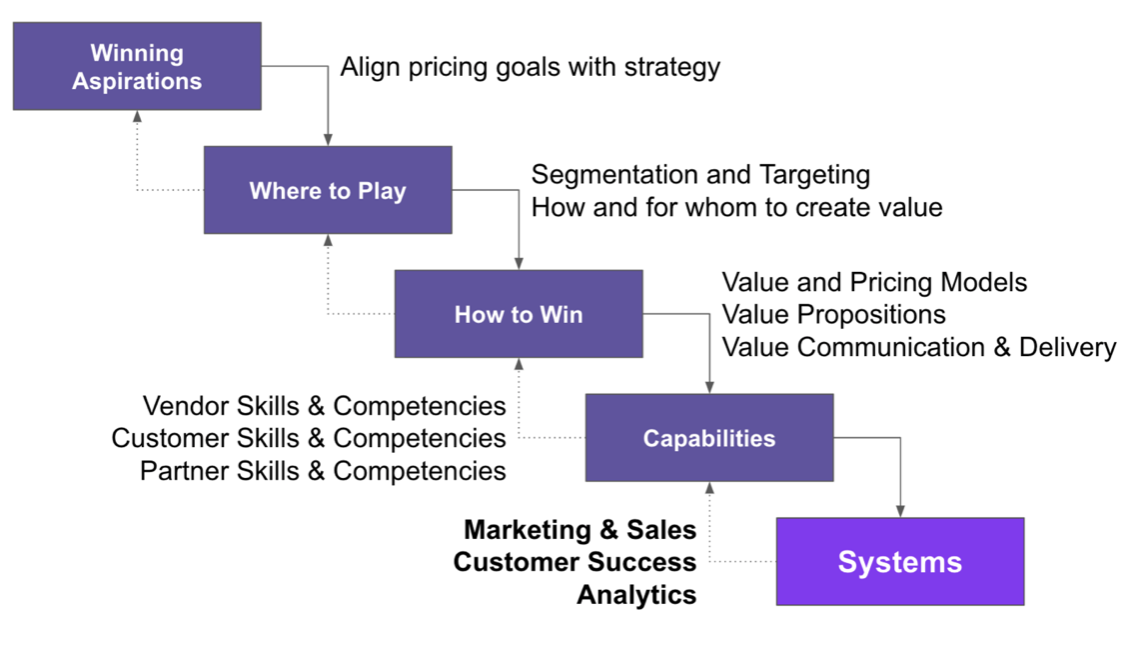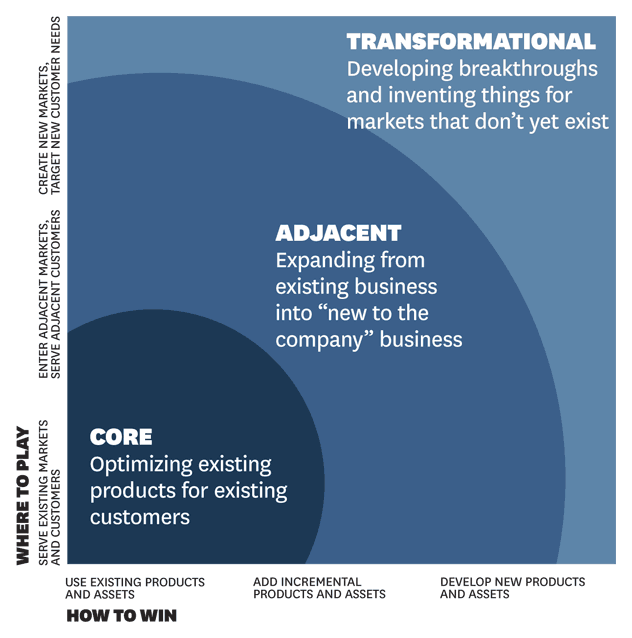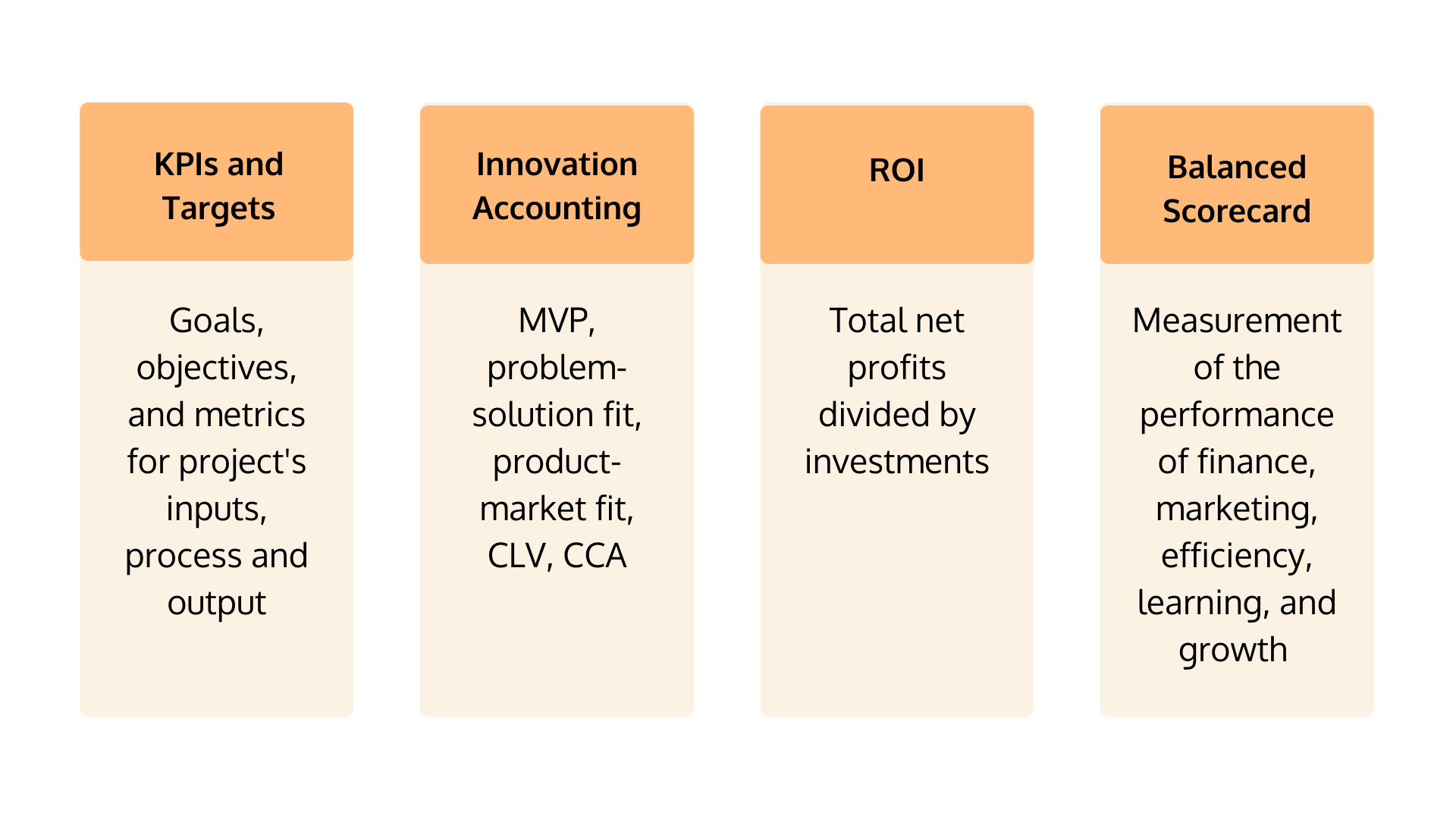innovation management. innovation management. innovation management.
The final step in developing an innovation management strategy is formalising the processes and methodologies that will be used. To consistently and efficiently execute your innovation plan, you must first understand how to build each phase to create a valuable final result.

Source: Innovation template
Your innovation strategy’s components will concentrate on the development, research, marketing, and communication of your new solutions. It’s critical to focus your innovation management strategy on specific projects that will contribute to the broader goals you’re aiming for. Collaborate with team leaders in R&D, development, and marketing to determine how to make your goals attainable. This is the most effective way to ensure that your innovation plan is constantly expanded upon and enhanced over time.
Building an innovation plan with your team is simplest when done jointly. A few templates are available to help with collaboration and simplify developing an innovation management strategy.
The strategy choice cascade template enables you to construct an ordered holistic innovation process. It categorises each department within the company. It necessitates considering how each component interacts with one another, resulting in a well-informed and completely integrated plan.
This template stresses the interaction of internal activities, demonstrating the importance of communication and alignment in effective innovation.

Source: Cascade of Innovation Strategy
The CO-STAR board is an alternate business model that focuses on your company’s value proposition. Revising your value proposition is one of the most important components of developing an innovation management strategy. In this regard, the CO-STAR board can be quite beneficial.
This template specifies the number of internal and external elements that influence your business model and employs them to position your value proposition at the heart of your organisation. The CO-STAR board enables you to establish an innovation plan based on your unique value and target new customers by offering a centralised focus on your value proposition.

Source: Matrix of Innovation Ambition
Without a doubt, today’s fast-paced, technology-driven, and highly competitive business world is driven by innovation. In order to thrive, businesses must put effective innovation management at the forefront to evolve, adapt, and anticipate their customers’ requirements and desires.
Business leaders are seeking new methods to improve the customer experience, cut expenses, and increase income and market share. To achieve these goals, many people have embraced the concept of innovation. Their efforts, however, frequently fall flat or produce unfavourable effects because they fail to include certain crucial parts of a successful innovation management strategy.
Any successful innovation plan must have five important elements. These ideas are critical for producing outcomes and maintaining a scalable, long-term innovation management paradigm.
Companies that excel at innovation have a distinct attitude and approach to developing and implementing new ideas. Pushing innovation without a culture that supports creative thinking will make you fail, wasting significant time, money, and resources.
The first step in creating an innovative company culture is to obtain a pulse on where the organisation sits in terms of innovation. Meetings with leadership and team member questionnaires will assist you assess the current level of innovation culture. From here, you may concentrate your efforts on developing or sustaining your innovation culture.
Remember that transparency is essential for engaging all team members in innovation. Constant communication, training, and check-ins at all levels aid in the establishment of an open discussion on how innovation may promote good change, hence driving the innovation culture.
Leaders must be on the same page and share the same appreciation for innovative principles. Leadership buy-in might stem from a love for customer service, a persistent search for faster and easier methods to do business, creating time to innovate, or sharing and scaling results. When executives don’t believe in the process, their attitude swiftly spreads to the rest of the organisation, thus halting innovation culture. Keep in mind that it’s not only what you say. It is explicit decisions as well as subtle behaviours that encourage and keep innovation at the forefront of a company’s culture.

Source: Innovation & Leadership
A good innovation management strategy fosters leadership buy-in by highlighting the positive consequences of innovation at all levels throughout the innovation process.
Provide your team members with the tools and resources they need to innovate. When you provide everyone in your firm with the structure, procedure, and tools they need to connect and share their expertise, you allow anyone to innovate. Many of the most influential and inventive ideas originate from people who do the work on a daily basis. Remember that empowering your team members offers them the ability to speak up and take ownership of the innovation process.
It helps to improve a company’s innovation culture whether it is done solo or in a group. Cloud-based innovation platforms also allow companies to improve engagement and cooperation. Another tool for keeping your people enthused, ideas structured, and teams accountable along your innovation journey is innovation platforms.
Companies often fail to innovate because they neglect to acknowledge and compensate their employees for their contributions to innovation. When you neglect to offer credit or consistently reward people who manage teams rather than those involved in the ideation of an original notion, other team members become disheartened and quickly lose the motivation to think creatively.
Individuals who contribute to your innovation goals must be recognised as part of a successful innovation strategy. Remember that acknowledging desired inventive behaviours encourages them and builds an innovation culture.
Also, keep in mind that everyone has different strengths, so some people will perform better at different stages of the innovation process than others. As a result, you must frequently reward and acknowledge at every level of the innovation process, from ideation to execution. Financial incentives such as gift cards or bonuses, paid time off, office parties, company-wide communications, awards, workspace decorations, or a celebration hub and digital wall of fame are all options. Whatever incentive works best for your corporate culture, make sure to praise and recognize team members for their creative ideas.
Defined metrics and KPIs are critical for measuring your company’s goals as a business leader. The same rationale holds true for innovation. Choose KPIs that are relevant to your company’s goals, corporate mindset, and team habits.

Source: KPIs & Targets
Make it clear which measures and KPIs support and drive company-wide innovation. Here are some examples of innovation metrics and KPIs:
Innovation is a vital component of any business’s success, and optimising it can be difficult in the absence of a solid innovation plan. We hope this article has helped you understand what an innovation management strategy is, why it’s important, and the initial actions you can take to create one for yourself.
What is your opinion on the topic? Let us know what you think on LinkedIn!